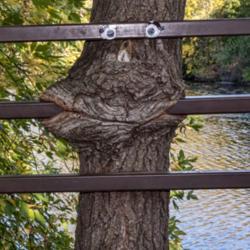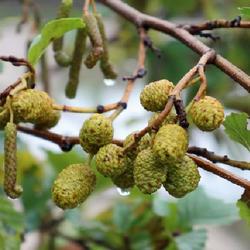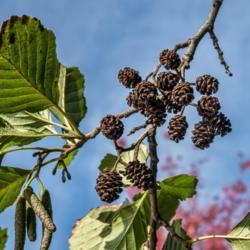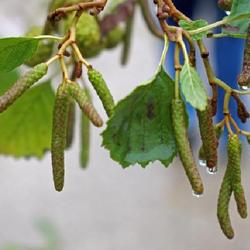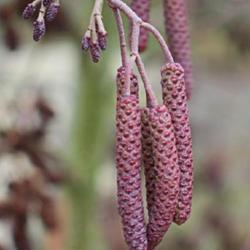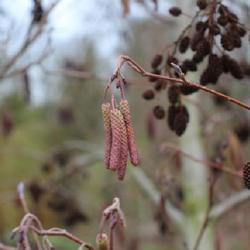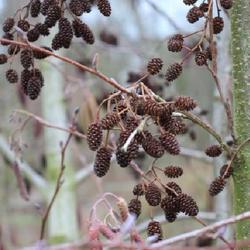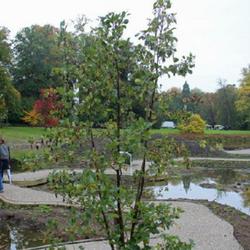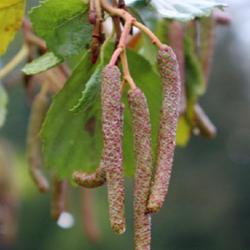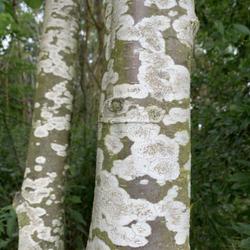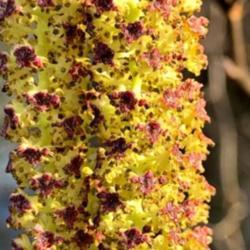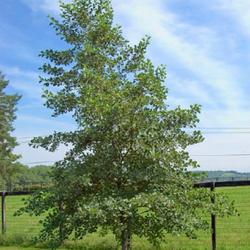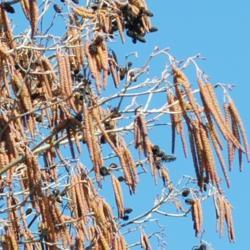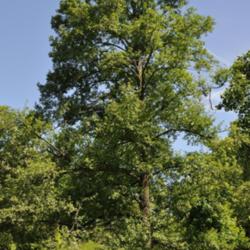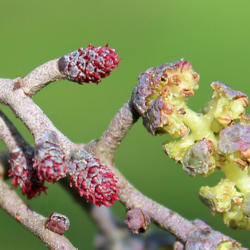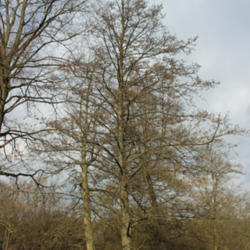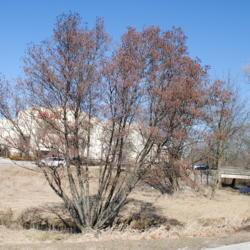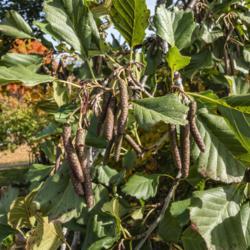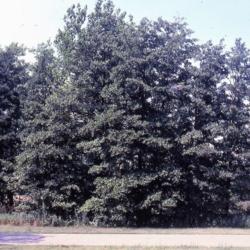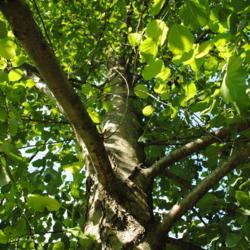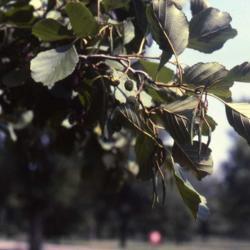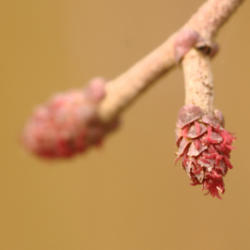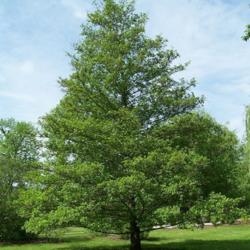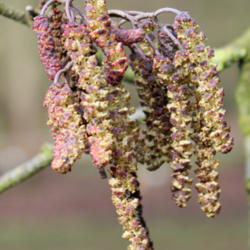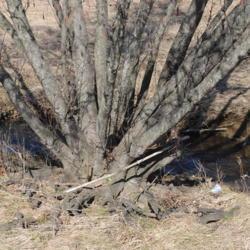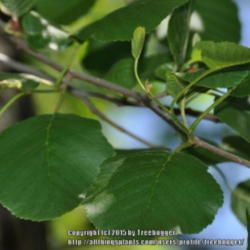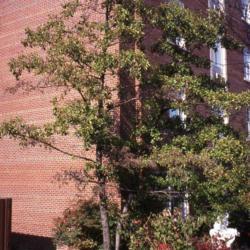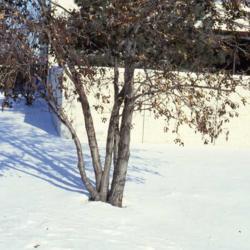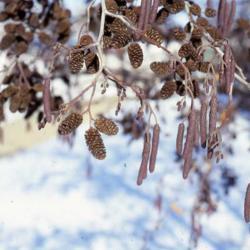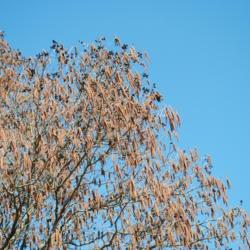| Plant Habit: | Tree |
| Life cycle: | Perennial |
| Sun Requirements: | Full Sun Full Sun to Partial Shade |
| Water Preferences: | Wet Wet Mesic Mesic |
| Soil pH Preferences: | Moderately acid (5.6 – 6.0) Slightly acid (6.1 – 6.5) Neutral (6.6 – 7.3) |
| Minimum cold hardiness: | Zone 3 -40 °C (-40 °F) to -37.2 °C (-35) |
| Maximum recommended zone: | Zone 7b |
| Plant Height: | 40 to 60 feet, to 100 feet in it's native habitat. |
| Plant Spread: | 20 to 40 feet |
| Leaves: | Deciduous |
| Fruit: | Edible to birds |
| Flower Color: | Other: Male flowers are red, female flowers are purple |
| Bloom Size: | Under 1" |
| Flower Time: | Spring |
| Underground structures: | Taproot |
| Suitable Locations: | Bog gardening |
| Uses: | Windbreak or Hedge Provides winter interest Erosion control Will Naturalize Useful for timber production |
| Dynamic Accumulator: | Nitrogen fixer |
| Wildlife Attractant: | Birds Butterflies |
| Resistances: | Humidity tolerant |
| Pollinators: | Wind |
| Miscellaneous: | Tolerates poor soil Monoecious |
| Conservation status: | Least Concern (LC) |
